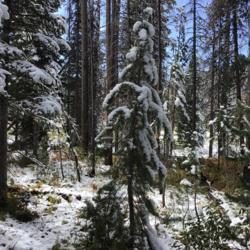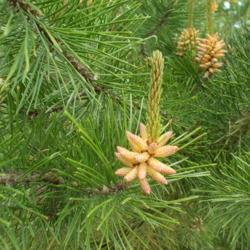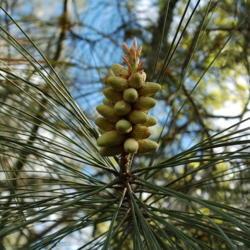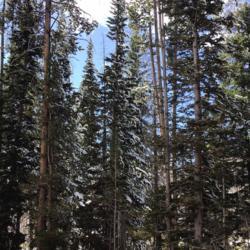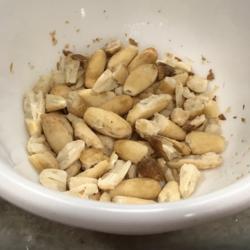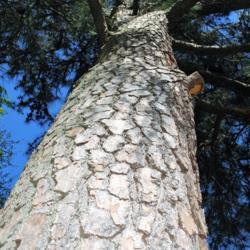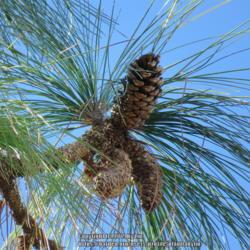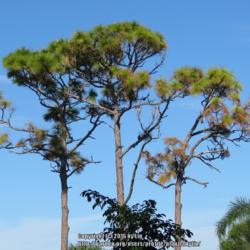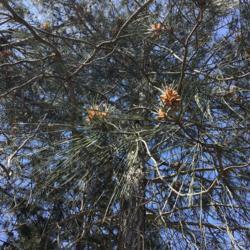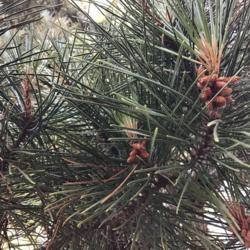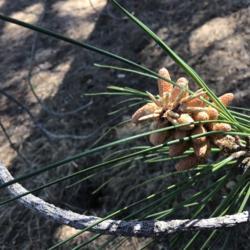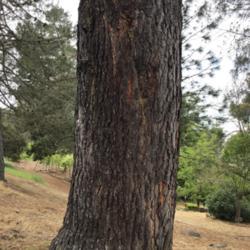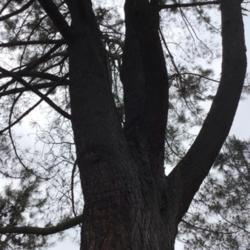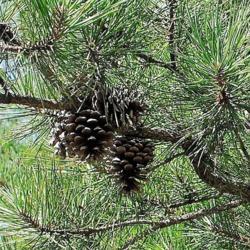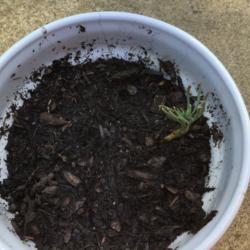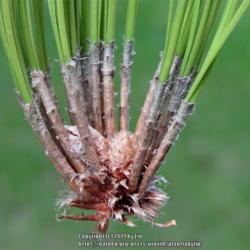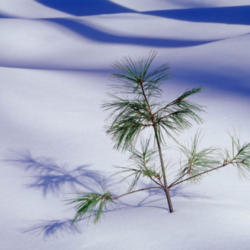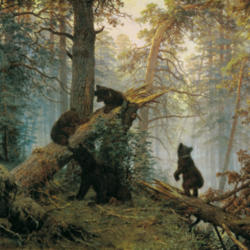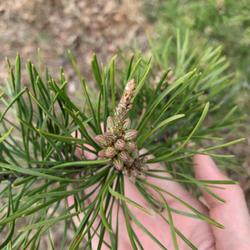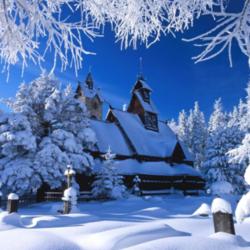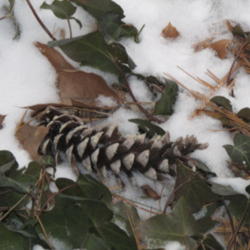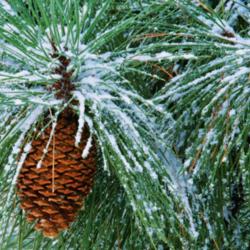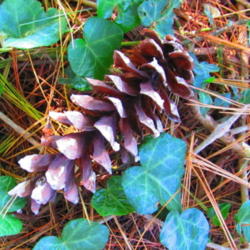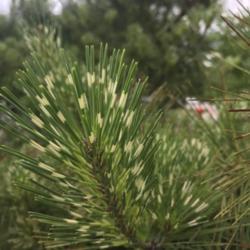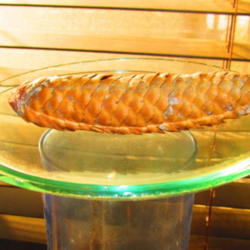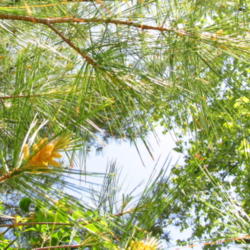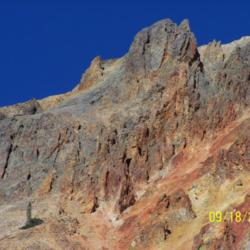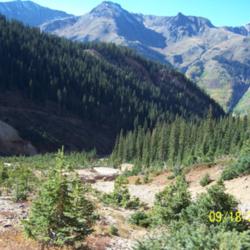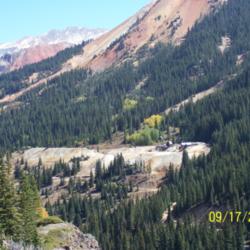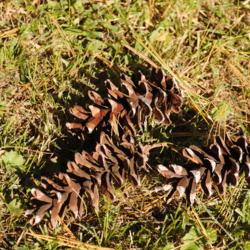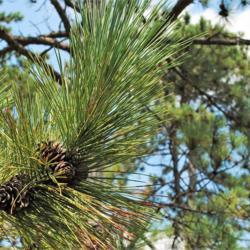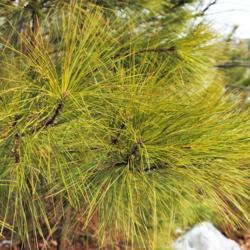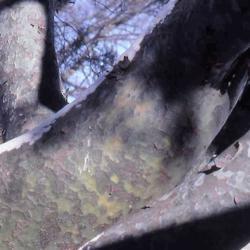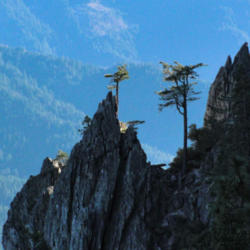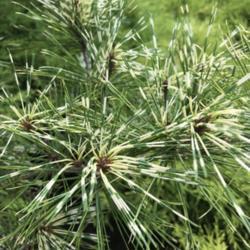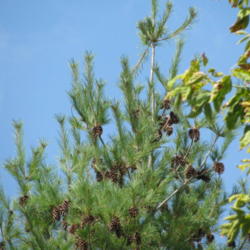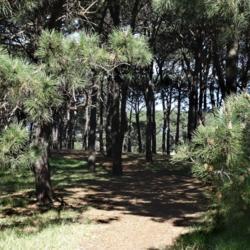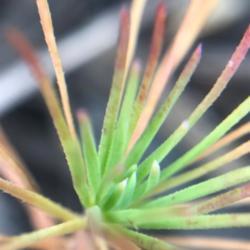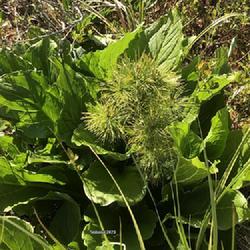Posted by
ILPARW (southeast Pennsylvania - Zone 6b) on Oct 15, 2018 2:39 PM concerning plant:
There are about 120 species of Pines that are native to most of the Northern Hemisphere, ranging from just south of the tundra down into the tropics. They are evergreen conifers of the Gymnosperms that usually are trees, but some are shrubs. There are two major groups of Pines: the Soft (White) Pines that bear soft needles in clusters of 5 and bear cylindrical female cones with papery cone scales, and the Hard (Black) Pines that bear hard to semi-soft needles in clusters of 2 or 3 and bear conical female cones with woody cone scales. One feature that separates Pines from other conifers is that they have a paper sheath that surrounds the base of the needles. Pines bear soft, yellow pollinate (male) cones that expand in the spring and release yellow pollen. The seed (female) cones are the brown papery or woody structures that bear the seed. Both male and female cones are on the same tree or shrub, so they are monoecious. The first fossils of Pine show up during the Cretaceous Era of over 63 million years ago during the time of the Dinosaurs. Many pines are used as a source of "softwood" lumber, and there are a number of pine plantations planted around the world, even in the tropics of the Southern Hemisphere with Caribbean and Monterey Pines. Pine trees make lovely landscape trees and a few shrubs. Pines like other evergreens drop some needles all year long, but especially so in autumn in the temperate regions to prepare for winter. Most pines prefer sandy, acid soils, often poor in nutrients, but can grow well in silt and/or clay soils that are acid, and a few also in slightly alkaline soils as the Black Pine of Europe. There are a few Pines, like Loblolly & Longleaf of the southern US, that can grow in draining or aeriated wet soils; though generally Pines like well-drained. A good number of Pines sent out a lot of seed after forest fires to colonize the newly open ground.
